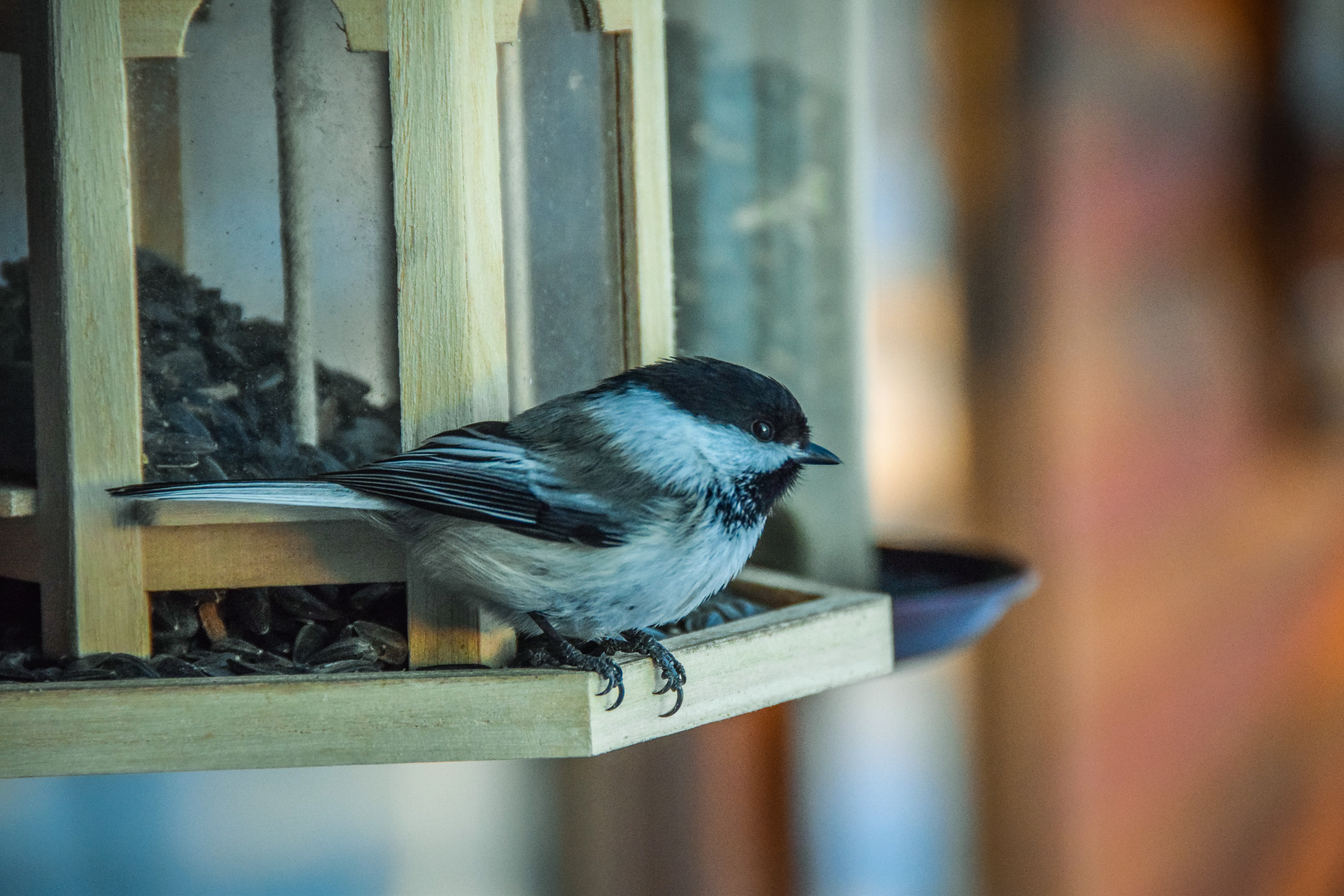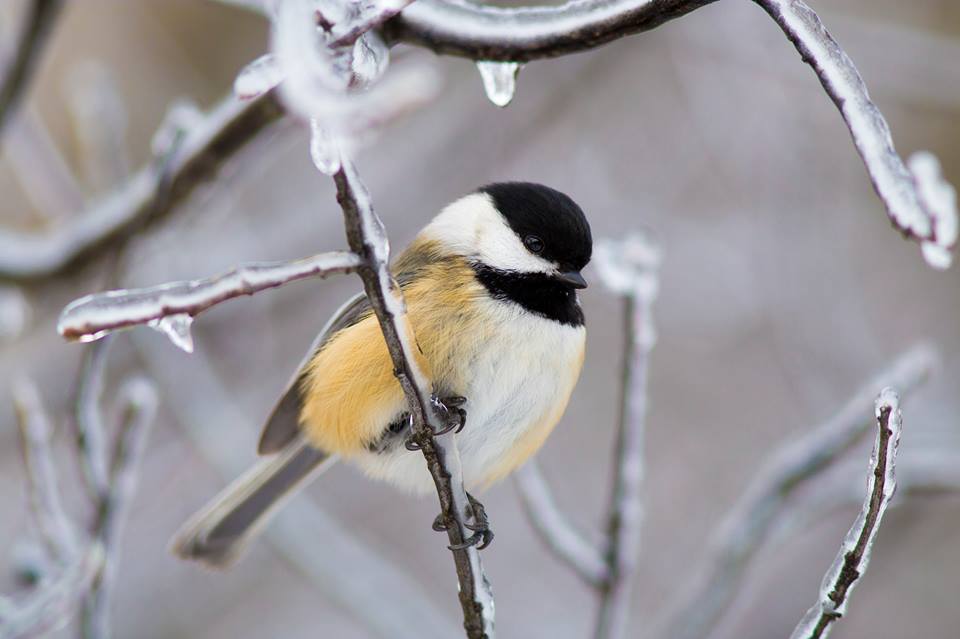
In the still of the boreal forests, wooded lots and residential neighborhoods, amid the hustle and bustle of December holidays, flocks of black-capped chickadees make good use of the limited daylight during the winter solstice. Like the song “Try to Remember” from the long-running Off-Broadway musical “The Fantasticks,” lyricist Tom Jones appeals to the listener to imagine “when life was so tender.” Now, late in the year as the solar clock slows, it’s nice to remember to pause for a moment to observe the rhythm of the season.

While many permanent residents are nestled snug in their dens, Alaska’s feathered friends find their fuel in backyard feeders throughout Fairbanks. Chickadees can remember locations of these various food caches through a remarkable adaptation of their brains. In the Fall, their hippocampus, the part of the brain responsible for spatial memory, grows new nerve cells and increases about 30% in size. Deep in December, it’s nice to remember where to find a dependable dining site. It’s also a fine spot to snap a shot for your birding collection.
These resilient birds are as bold around people as their black and white facial plumage but don’t expect them to leisurely pose for a photograph. Both energetic and acrobatic, a chickadee will stay in place just long enough to deftly open a sunflower seed and eat the tender, nutty seed inside—dash to the feeder for more, then flit back to take another crack. A little bird told me that black oil sunflower seeds, with their high-fat content, are an excellent source of calories on these short winter days.

As night falls, chickadees reduce their body temperature by as much as 25%. This daily metabolic decline is uncommon among bird species, and it’s hard to imagine these hyperactive avians quietly sleeping with their beak tucked under their wing feathers. As winter months progress and alternate food sources like insects and berries become available, chickadee bird brains slowly return to normal size.
Any time of year, the chickadee is generally considered “cute” thanks to its oversized round head, tiny body, and curiosity about everything, including humans. But what makes this photogenic bird so unforgettable is the song. This most familiar call gave this bird its name. Heard in deciduous and mixed forests throughout North America, it’s a refrain for our hearts to follow and try to remember a chick-a-dee-dee-dee December when life was slow and oh, so mellow.








